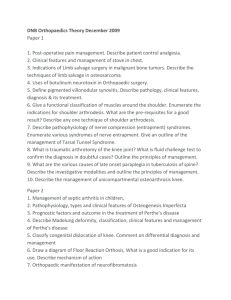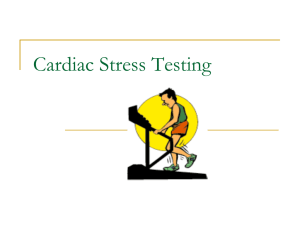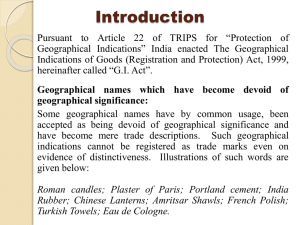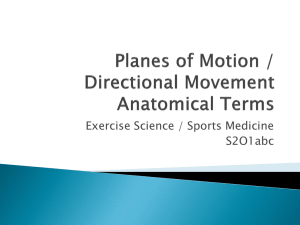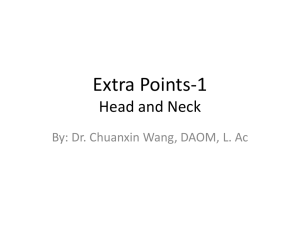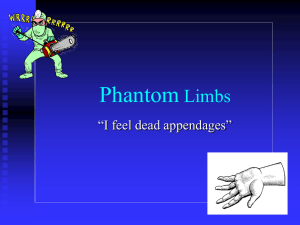ACR-517-Handout-13 - Acupuncture Massage College
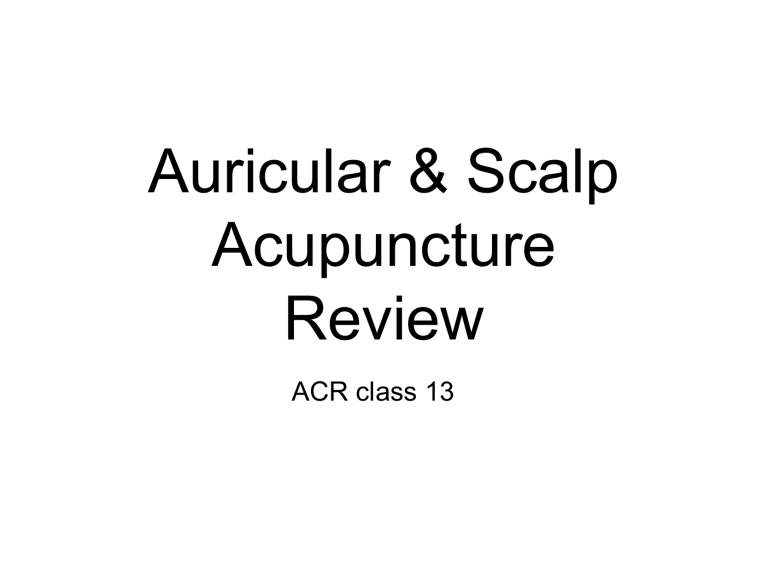
Auricular & Scalp
Acupuncture
Review
ACR class 13
Auricular
Anatomy &
Somatatopic
Representation
•
Modern Auriculotherapy founded by Paul
Nogier in 1950‘s France
•
Also developed in 1960’s China
•
Some differences in point location but overall very similar
•
Fetal / “Upside-down man” representation
•
Lobe: Face & sensory
•
Antitragus: Cranial & brain
•
Internal organs in concha:
•
Thorax = Inferior (Cavum) concha
•
Abdomen = Superior (Cymba) concha
•
Digestive = around helix crus
•
Spine on antihelix
•
Upper limb on scaphoid fossa
•
Lower limb on upper antihelix crus
•
Triangular fossa = Chinese:
Reproductive & Shenmen; French:
Lower limb
•
Lobe: Cranial area/face/sensory on lobe
•
Internal organs in concha
•
Spine on antihelix
•
Upper limb on scaphoid fossa
•
Lower limb on upper antihelix crus
•
Triangular fossa = Chinese:
Reproductive & Shenmen; French:
Lower limb
NADA Protocol
•
AKA: 5-Needle Protocol, 5NP
•
Most common auricular protocol used today
•
Use for addictions, trauma, pain, etc
•
Shen Men: Slightly superior and anterior to the tip of the triangular fossa.
•
Sympathetic-Autonomic point: Junction of the internal helix and the inferior antihelix crus. It is covered by the fold of the helix.
•
Liver: Junction of the concha ridge/helix crus with the posterior concha wall (just anterior to antihelix). Some maps place it slightly superior to the concha ridge.
•
Kidney: In superior concha, near concha wall, directly below Shen Men.
•
Lung 2: In lower part of inferior concha, just below deepest part of concha (Heart point).
Diagnosis
•
Ear probe - look for painful points
•
Electronic point finder - low skin resistance
•
Visual inspection - Discoloration
Treatment
•
Filiform needles
•
Press tacks or intradermals
•
Seeds
•
Bleeding
•
Ear massage
•
Electric stim
•
Cold laser
Needling
•
Disinfect skin with alcohol
•
Use 15mm, 7mm or press tack
•
Filiform needle retain 20-40 minutes
•
Check for bleeding on removal of needle
Precautions
•
Do not needle if external ear is infected or inflamed
•
Contraindicated for pregnancy with history of miscarriage; caution otherwise
•
Caution weak constitution
•
Do not leave tacks or seeds more than 1 week
Scalp Acupuncture
Scalp Acupuncture
•
Several different systems: Jiao, Zhu,
Yamamoto (YNSA), etc
•
Jiao system most common
Motor Area
•
Location : Locate the upper point 0.5 cm posterior to the mid-point of the anterior-posterior midline.
•
Then locate the lower point at the intersection of the eyebrow-occiput line with the anterior temporal hairline.
•
The line connecting the upper and lower points is the motor area.
•
This line is divided into five equal portions.
Motor Area
•
Lower limb and trunk area Location: Upper 1/5 of the motor area. Indications: Contralateral paralysis of the lower limbs.
•
Upper limb area Location: Middle 2/5 of the motor area. Indications: Paralysis of the upper limbs.
•
Facial area Location: Lower 2/5 of the motor area.
Indications: Facial paralysis, motor aphasia, salivation, impaired speech, and dysphonia.
Sensory Area
•
Location : The line parallel to and 1.5 cm posterior to the motor area. Divide this line into five equal portions.
•
Lower limb, head, and trunk area Location: Upper
1/5 of sensory area. Indications: Contralateral lumbar pain, leg pain, numbness, paresthesia, occipital headache, neck pain, tinnitus.
•
Upper limb area Location: Middle 2/5 of the sensory area. Indications: Upper limb pain, numbness, paresthesia.
•
Facial area Location: Lower 2/5 of the sensory area.
Indications: Facial numbness, migraine, trigeminal neural- gia, toothache, temporomandibular arthritis.
•
Chorea & Tremor Control Area
•
Location: Parallel and 1.5 cm anterior to the motor area. Indications : Chorea, Parkinson’s disease.
•
Blood vessel dilation and constriction area
•
Location: Parallel and 1.5 cm anterior to the chorea and tremor control area. Indications: Superficial edema, hypertension.
•
Vertigo and hearing area
•
Location: A horizontal line 1.5 cm above the ear apex;
2 cm anterior and 2 cm posterior (total 4.0 cm length).
Indications: Tinnitus, vertigo, diminished hearing,
Meniere’s syndrome.
•
Speech 3
•
Location: A horizontal line starting at the midpoint of the Vertigo and Hearing Area and running posteriorly
4.0 cm in length. Indications: Sensory aphasia.
•
Speech 2
•
Location: A vertical line 2.0 cm posterior and inferior to the parietal tubercle 3.0 cm in length. Indications:
Nominal aphasia.
•
Voluntary Movement / Usage area
•
Location: At the parietal tubercle origin, three lines run inferiorly, anteriorly, and posteriorly 3.0 cm each with a
40 ° angle between each of the lines. Indications:
Apraxia.
Foot Motor and Sensory Area
•
Location : Two lines 1.0 cm lateral to the midpoint of the anterior-posterior midline 3.0 cm in length posterior and parallel to the midline.
•
Indications : Contralateral lower limb pain, numbness, paralysis, acute lumbar sprain, nocturia, and uterine prolapse.
•
Vision area
•
Location: Two lines 1.0 cm lateral to the midpoint of the external occipital protuberance, parallel to the anterior-posterior midline, 4.0 cm in length extending superiorly. Indications: Visual disturbances, cortical blindness.
•
Balance area
•
Location: Two lines 3.5 cm lateral to the midpoint of the external occipital protuberance, parallel to the anterior-posterior midline, 4.0 cm in length extending inferiorly. Indications: Loss of balance due to cerebellar disorders, dizziness.
•
Stomach area
•
Location: Beginning at the hairline directly superior to the pupil of the eye, parallel with the anterior-posterior midline, 2.0 cm in length bilaterally extending posteriorly. Indications: Stomach / epigastric pain.
•
Thoracic cavity
•
Location: Beginning 2.0 cm below the hairline, midway between and parallel to the stomach area and the anterior- posterior midline, 4.0 cm in length bilaterally extending superiorly. Indications: Chest pain, palpitations, coronary heart disease, asthma, and hiccups.
•
Reproduction area
•
Location: Beginning at the hairline, a line 2.0 cm in length from the frontal angle extending posteriorly and parallel to the anterior-posterior midline. Indications:
Functional uterine bleeding, pelvic inflammation, leukorrhea, and uterine prolapse.
•
Liver and Gallbladder Area
•
Location: Beginning at the hairline, a line 2.0 cm in length from the stomach area extending inferiorly.
Indications: Upper right quadrant abdominal pain, chronic hepatitis, abdominal pain due to liver and gallbladder disease.
•
Intestine Area
•
Location: Beginning at the hairline, a line 2.0 cm in length from the reproduction area extending inferiorly.
Indications: Lower abdominal pain.
Needle Technique
•
Clean insertion site with alcohol
•
Use 1-2 cun filiform needles, 28-32 gauge
•
Insert 30• angle, thread into aponeurosis
•
Twirling manipulation, up to 200x/minute
•
Manipulate 2-3 minutes, rest 5-10 minutes and repeat 2-3 times; or use high frequency e-stim (200-300 hz)
Precautions
•
Seated or lying position; watch for fainting
•
Not advisable for weak patients, high fever, local inflammation, heart failure
•
Contraindicated if open head wounds or intracranial bleeding; wait until bleeding has stopped and patient is stable
